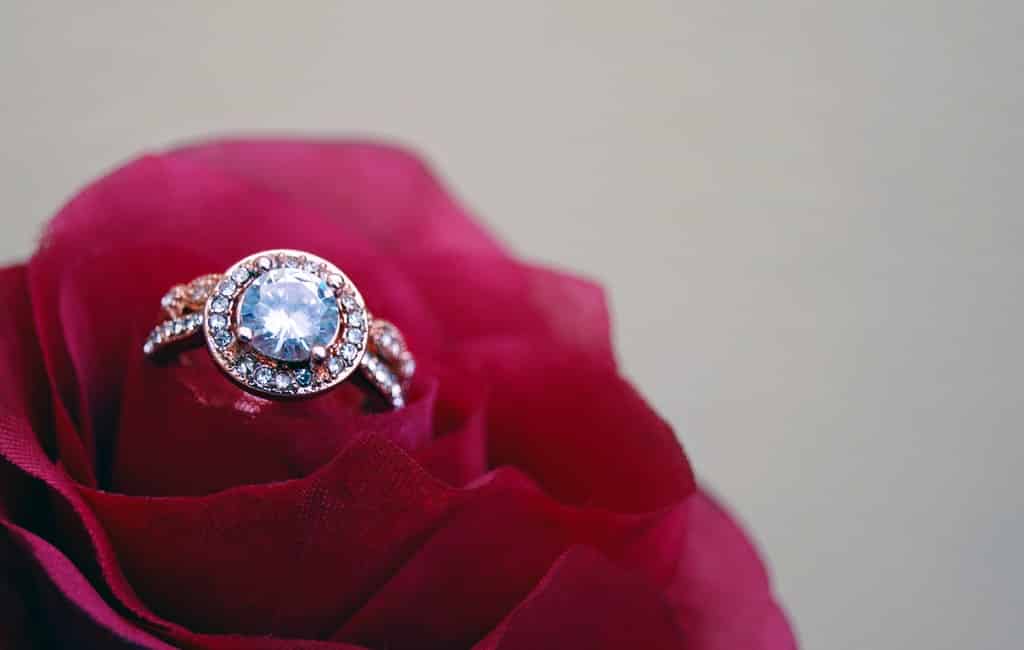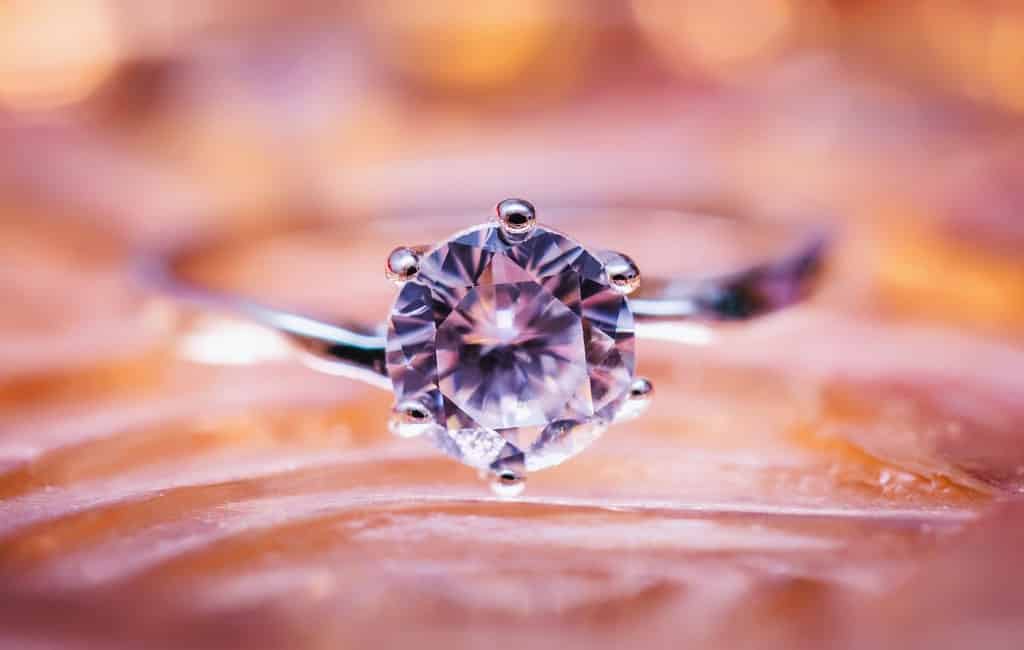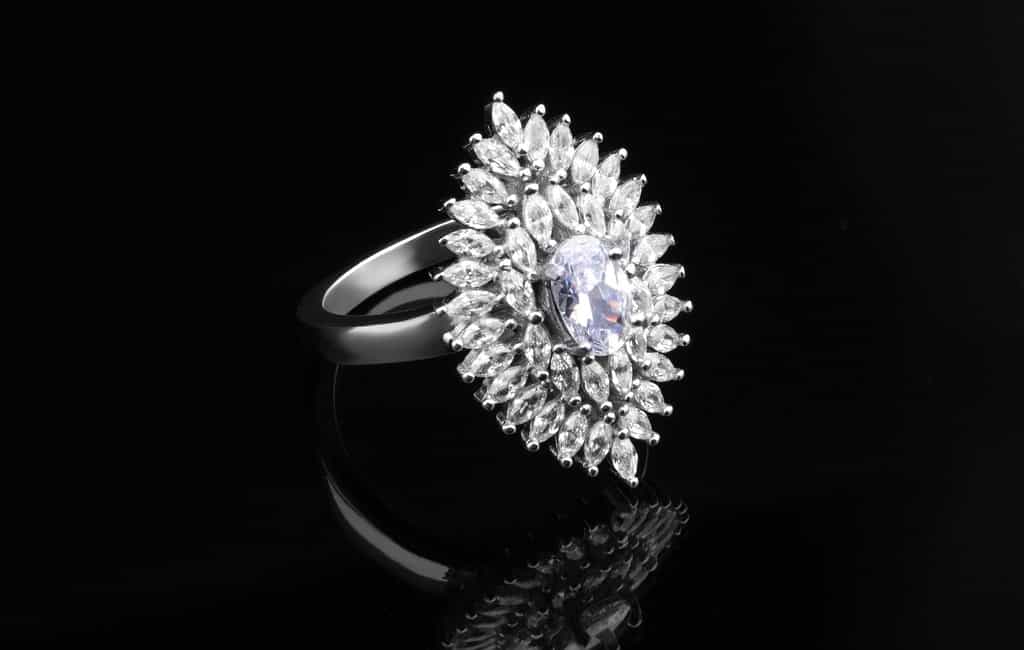Diamonds are precious gemstones that are formed when pure carbon is exposed and subjected to the action of tremendous heat and pressure. This formation process usually takes place deep beneath the earth’s crust; particularly in places that have once experienced volcanic action.
Of all the gemstones in the world (e.g. sapphires, rubies, jade, citrine etc), diamonds are the most beloved and most popular; which makes them the most desirable. This is why they are widely used in jewelry making. However, diamonds are also commonly known as the hardest materials on earth, which is why they are used industrially.

WHAT ARE DIAMONDS?
Diamonds, like most gemstones, are made from mineral deposits which form and accumulate deep underneath the earth’s crust. They are widely seen as the chief gemstone – or the king among all gemstones – because they are the most popular gemstones in the world. They also happen to be one of the most desirable and most prized stones across the world.
Diamonds usually take several years to form beneath the earth’s surface (up to millions and billions of years), because of several factors which include: the amount of pure carbon available and the strength of forces such as heat and pressure.
There are different types and categories of diamonds, depending on several factors such as: color, origin and method of formation. Therefore, a diamond can be grouped according to any of the following categories:
- Colored and colorless diamonds
A lot of people may not know this, but diamonds can either be colored or colorless. Colored diamonds can occur in nature. They can be found having all sorts of colors such as red, purple, yellow, brown, black, blue, green and so on. However, they are very rare.
This is because colored diamonds are often formed when the strong crystal lattice that makes up the carbon bonds in a diamond’s chemical structure are infiltrated by other elements such as boron (i.e. in the case of blue diamonds), nitrogen (i.e. in the case of yellow diamonds), impure carbon (i.e. in the case of black diamonds) and so on.
In most instances, the concentration of these chemical compounds within the crystal lattice determines the intensity of the diamond’s hue. Therefore, low concentrations tend to result in lighter colors while high concentrations may lead to deeper and more intense hues.
Colorless diamonds on the other hand, are those types of diamonds that are devoid of color. Colorless diamonds can also be called white diamonds, and they happen to be the most popular kinds of diamonds in the world. This is because their lack of color indicates that the diamond’s crystal lattice has not been breached by any other chemical; a typical occurrence in many instance, because the strong chemical bonds that make up a diamond are very hard to penetrate. This is why there are so many colorless diamonds in the world.
Ideally, the formation of color in a diamond should be seen as a flaw (as this indicates that the diamond’s chemical composition is impure, since it contains element other than pure carbon), yet in many cases, colored diamonds are usually more valued than the colorless ones (particularly in terms of commercial worth); because they are rarer.

- Natural and synthetic diamonds
Natural diamonds are diamonds which occur in nature by themselves. Their formation is completely due to nature and its forces, therefore the period of time necessary for their formation is entirely dependent upon those forces.
Synthetic diamonds, on the other hand, are diamonds that are manufactured and grown in a lab (which is why they are also called lab-grown diamonds). These kinds of diamonds are formed, usually by deliberate effort, when all the factors that make up a naturally occurring diamond are brought together and made to interact in a carefully controlled environment.
- Conflict and non-conflict diamonds
Diamonds can either be conflict or non-conflict, depending on the political and civil atmosphere of the places where they are mined from.
Conflict diamonds, also known as blood diamonds, are diamonds which are mined illegally by forces other than the legitimate government of a country. Many of this type of diamonds are sold and used to fund civil unrest and wars, which eventually results in the loss of many lives.
Non-conflict diamonds, on the other hand, refer to diamonds that are legally mined by individuals who have been given express permission to carry out mining activities, by the legitimate government of country. When this type of diamonds is sold, the revenue recovered is not usually pumped into the funding of war and civil unrest. Non- conflict diamonds are usually embedded with certification by means of laser technology (in a process known as the Kimberly process), so that they may be easily differentiated from conflict or blood diamonds.
WHAT IS HARDER THAN A DIAMOND?
Diamonds are commonly regarded as the hardest materials on earth (as they are the most scratch-resistant). Before their remarkable hardness was discovered, however, other materials like corundum held the title. However, some scientists claim that, even in this present age, there are some materials that are harder than diamond (even though they may be a lot less scratch-resistant compared to it). Some of these materials include:
- Wurtzite boron nitride
This remarkably hard crystalline material is made up of boron nitride, and it is about 18% stronger than diamond (which is made up of carbon).
- Graphene
In terms of thickness, grapheme is the strongest material in the world. This remarkable substance is also a great conductor of electricity and heat. It is also the thinnest materials known as well as a material which is extremely transparent to light.
- Dyneema
This synthetic material is the strongest fiber on the planet, yet, it is incredibly light. It is even lighter than water and about 15 times stronger than steel; which means it can stop bullets.
- Buckypaper
This is a form of carbon that is harder than diamonds, but more scratch-able.
- Palladium microalloy glass
This is the hardest known substance on earth whose chemical composition does not include carbon.

